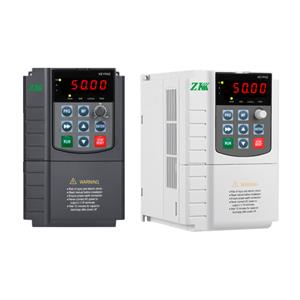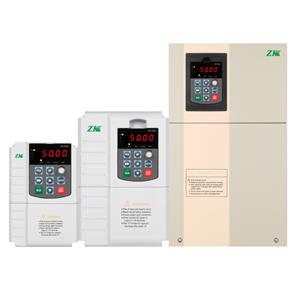Commonly used starting methods for frequency converters
Common starting methods for frequency converters mainly include the following:
1. Direct start - The frequency converter directly supplies power to the motor, and the motor starts according to the set frequency and voltage.
● Suitable for motors with lower power.
2. Soft start (voltage chopping start) - The frequency converter gradually increases the output voltage and frequency during the starting process to achieve smooth starting. This method is similar to voltage chopping start, which reduces the starting current by adjusting the voltage waveform.
● Suitable for occasions with high requirements for motor starting current, such as water pumps, fans, etc.
3. Voltage closed-loop start - During the starting process, the frequency converter monitors the speed feedback signal of the motor and adjusts the output voltage and frequency to achieve smooth starting of the motor.
● Suitable for applications with high requirements for the starting process.
4. Vector control start - The frequency converter uses the vector control algorithm to adjust according to the instantaneous state and load characteristics of the motor during the starting process to achieve smooth starting and precise control.
● Suitable for occasions with high requirements for both the starting process and the running process.
5. Panel start - Start operation through the buttons or touch screen on the frequency converter control panel.
● Applicable to occasions where frequent startup operations are required.
6. External terminal startup - Send a startup signal to the inverter through an external switch, button or relay and other control elements.
● Applicable to occasions that require remote control or a high degree of automation.
7. Communication startup - Receive startup instructions from the host computer or other control devices through a communication interface (such as RS485, MODBUS, etc.).
● Applicable to inverters that need to be integrated into large control systems.




